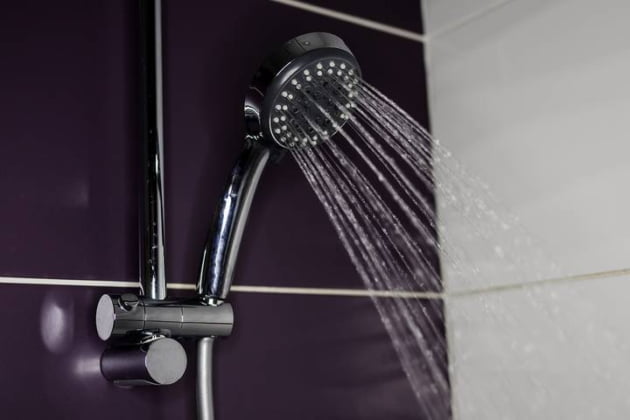Showering is a daily activity that many people take for granted. When you turn on the water tap, you expect a healthy stream of water to follow. Unfortunately, what if there is low water pressure from the shower? No matter how much you adjust the faucet, barely any water comes out of the showerhead.
Low water pressure in the shower is a frustrating experience. Ideally, you want to hop into a quick, refreshing shower with a consistent water flow. Instead, you get a weak trickle of water that hardly seems enough. Having almost no water pressure in the shower makes it tough to wash and clean thoroughly. Also, this plumbing problem won’t go away on its own and might worsen day by day.
Why is the water pressure low in your shower? The explanation varies from household to household, but it’s often because of clogs, corrosions, or faulty parts. You can fix the issue by contacting a plumber. This plumbing professional will have the expertise to diagnose the problem and increase the water pressure in your shower.
Here are the six root causes of low water pressure in the shower:
Clogged shower head

The water coming into your home may have a high mineral content. As the water travels through rocks and soil, it picks up calcium, magnesium, lime, silica, and iron. These sediments can build up in the plumbing pipes, various appliances, and the showerhead. Eventually, the minerals may obstruct the small holes in the showerhead, restricting the water flow.
Fortunately, there is an easy way to unclog your shower. You can take off the showerhead and soak it in a bowl of vinegar for a few hours. If you don’t want to disassemble the shower system, fill a plastic bag with vinegar and wrap it around the head overnight. Use a small brush to clear away any sediment. Afterwards, run the hot water for a few minutes to ensure everything works.
Faulty water pressure regulator
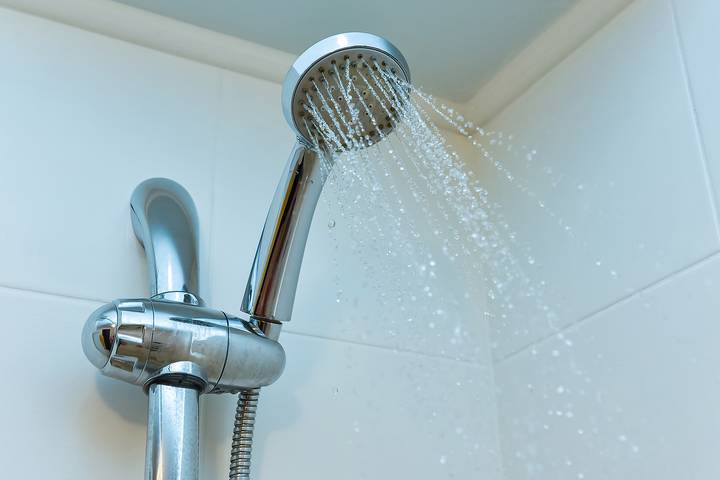
Your main water line has a plumbing valve that regulates the water pressure coming into your home. Its purpose is to reduce excessive water pressure from damaging your plumbing fixtures. The valve keeps the pressure at a safe, operable level.
Typically, the water pressure is between 45 and 60 psi. If it is malfunctioning, the pressure can drop and cause an issue in your showerhead. Check your home’s metre box to see if the valve got turned off unintentionally. Turning it back on might be the simple trick that fixes the problem. Otherwise, contact a qualified residential plumber to do a more thorough inspection.
Leaking pipes
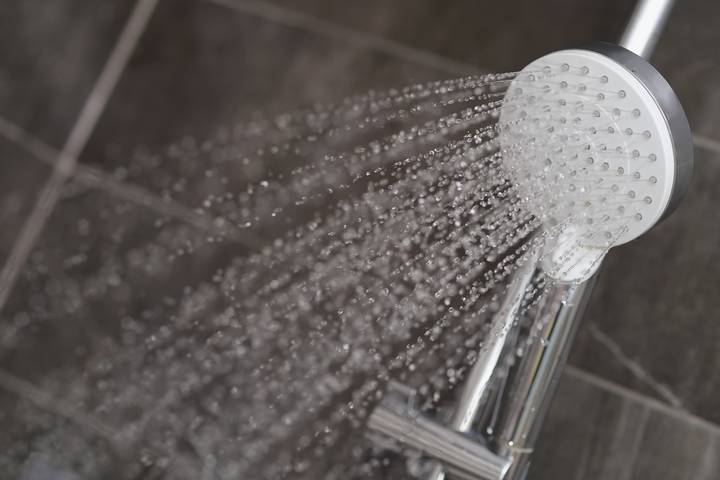
Sometimes, the cause of low water pressure in your shower head is due to a leaking water line. Since there is a leak in the pipe, water escapes out of the crack. As a result, your shower doesn’t receive enough water supply, resulting in almost no water pressure.
Depending on where the problem lies, a leaking pipe may diminish all the plumbing fixtures in your home. Check your other faucets to see if they are affected. If you can locate a leaking pipe, shut off the water line until you get an emergency plumber to fix it.
Shared water line
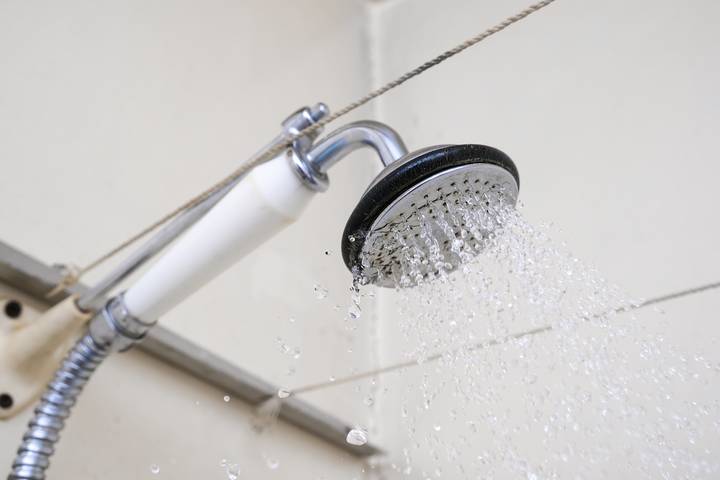
Some homes may share a water line with other houses in the neighbourhood. While the usage is regulated separately, the pressure can be affected. You may have noticed the pressure decrease in your shower head during peak times, like in the morning. If so, your neighbours may have caused the sudden low water pressure in the shower.
High water use in your neighbourhood or apartment may have this problem. If someone is running a dishwasher or the washing machine, it can affect the water pressure in your home. A possible solution is to adjust your schedule around your neighbours, taking a shower earlier or later when there is less usage.
Worn-out mixing valve & aerator
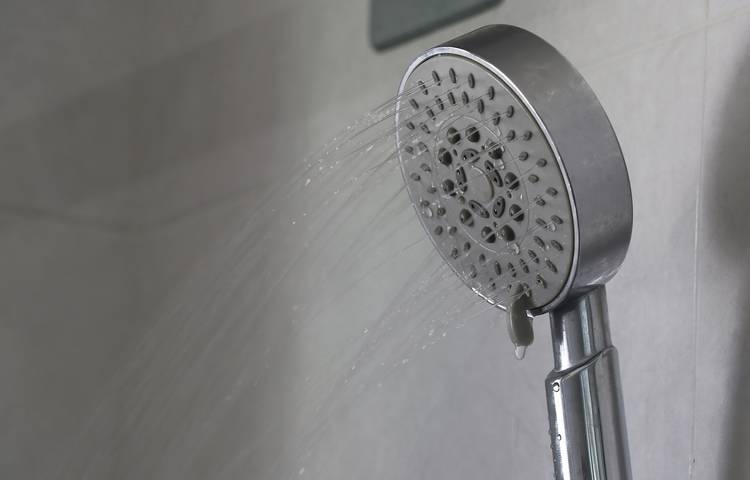
A single-handed faucet in your shower has an internal part that controls the hot and cold water. This mixing valve may wear out over time, affecting the water pressure and the temperature. You may need to replace this plumbing component to increase the water pressure in your shower.
Similarly, the problem may lie within a worn-out aerator. An aerator mixes air with the water to make a mist and uses less water to shower. While this may be a benefit, you get less water pressure. Aerators can also get clogged or cracked over time. An aerator is pretty easy to take out, so remove yours and see what difference it makes when showering.
Water heater problems
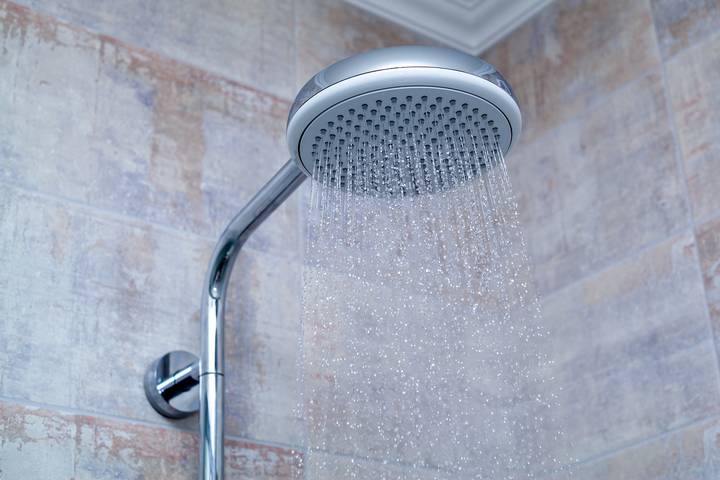
Sometimes, you may experience a unique problem of having low hot water pressure in the shower. In this case, your water heater may be the culprit. Over time, minerals can build up in the heating tank and its connecting pipes. These sediments will restrict the hot water flow.
In addition, there is a water heater shut-off valve that needs to be fully open. If you have shut it off for various reasons, check to ensure this valve gets opened again. Otherwise, contact a plumber to troubleshoot any problems with the water heater.



